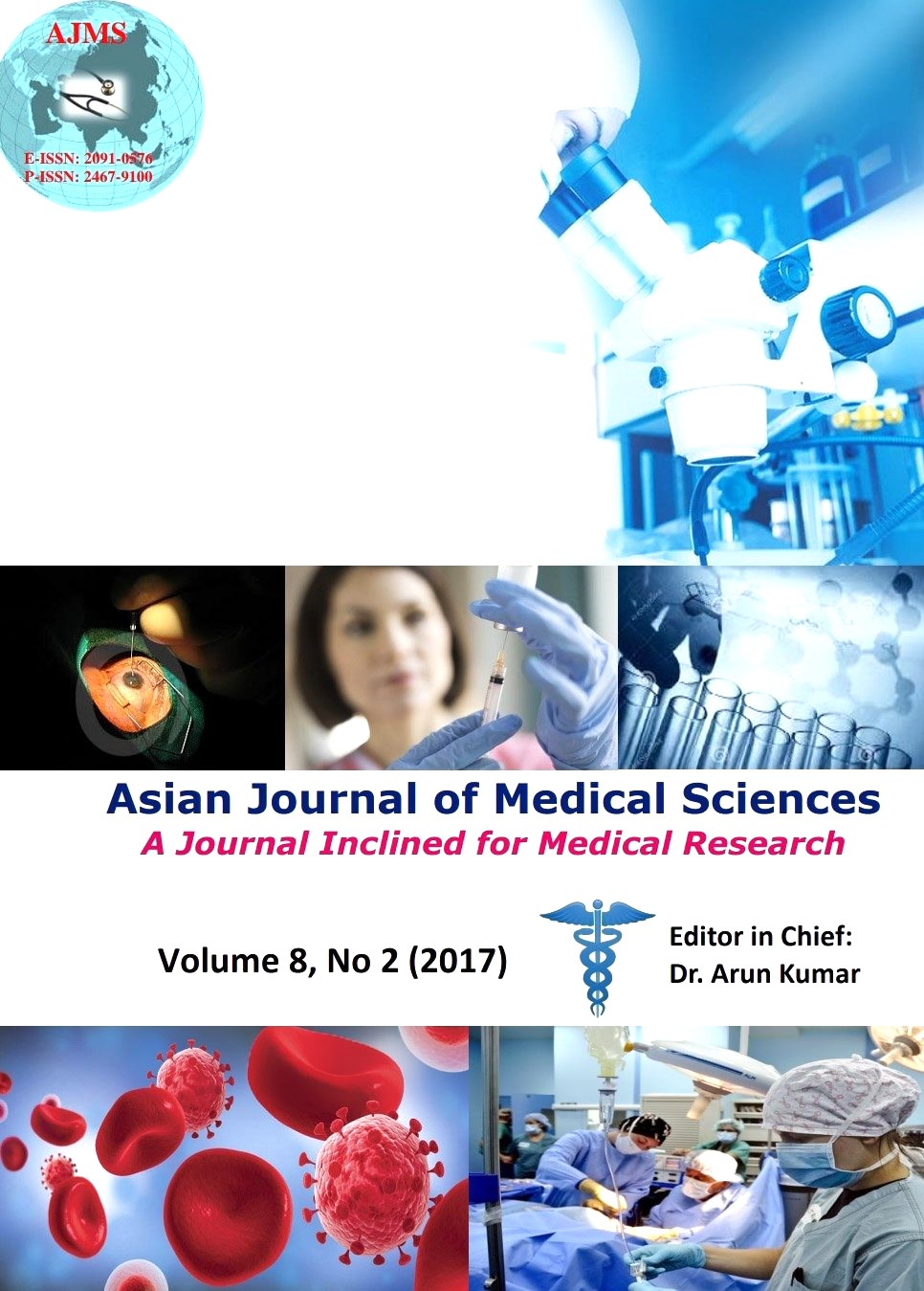Unilateral accessory muscles of forearm-and its clinical implications
Keywords:
Accessory muscle, Additional extensor carpi radialis longus, Carpal tunnel, Compressive neuropathiesAbstract
An accessory or aberrant musculature may stimulate a ganglion or a soft tissue tumour or if in close proximity to a nerve, it may cause pressure neuritis. Identification of these variations is important in defining the anatomical features for clinical diagnosis and surgical procedures. During routine cadaveric dissection of the forearm in the department of anatomy, we observed an accessory muscle in the flexor compartment and additional extensor carpi radialis longus muscle in the extensor compartment of the forearm in left upper limb of a middle aged female cadaver. The accessory muscle belly has taken its tendinous origin from the medial surface of the ulna deep to the flexor digitorum superficialis and crossed the median nerve from medial to lateral, when traced below in the carpal tunnel it merged with the tendon of the index finger of flexor digitorum superficialis. An additional extensor carpi radialis longus muscle with unusual course of radial nerve in the extensor compartment of the forearm was found on the medial side of brachioradialis and superficial to extensor carpi radialis longus and its tendon ended by getting inserted into the base of the dorsal surface of the second metacarpal bone. Although many anatomical variations of flexor digitorum superficialis and extensor carpi radialis longus muscle were reported in the past, we describe a rare case, first of its kind, which to our knowledge has not been mentioned in the literature till date. Such variations are clinically significant in the anatomical, surgical and radiological procedures.
Asian Journal of Medical Sciences Vol.8(2) 2017 94-96
Downloads
Downloads
Published
How to Cite
Issue
Section
License
Authors who publish with this journal agree to the following terms:
- The journal holds copyright and publishes the work under a Creative Commons CC-BY-NC license that permits use, distribution and reprduction in any medium, provided the original work is properly cited and is not used for commercial purposes. The journal should be recognised as the original publisher of this work.
- Authors are able to enter into separate, additional contractual arrangements for the non-exclusive distribution of the journal's published version of the work (e.g., post it to an institutional repository or publish it in a book), with an acknowledgement of its initial publication in this journal.
- Authors are permitted and encouraged to post their work online (e.g., in institutional repositories or on their website) prior to and during the submission process, as it can lead to productive exchanges, as well as earlier and greater citation of published work (See The Effect of Open Access).




